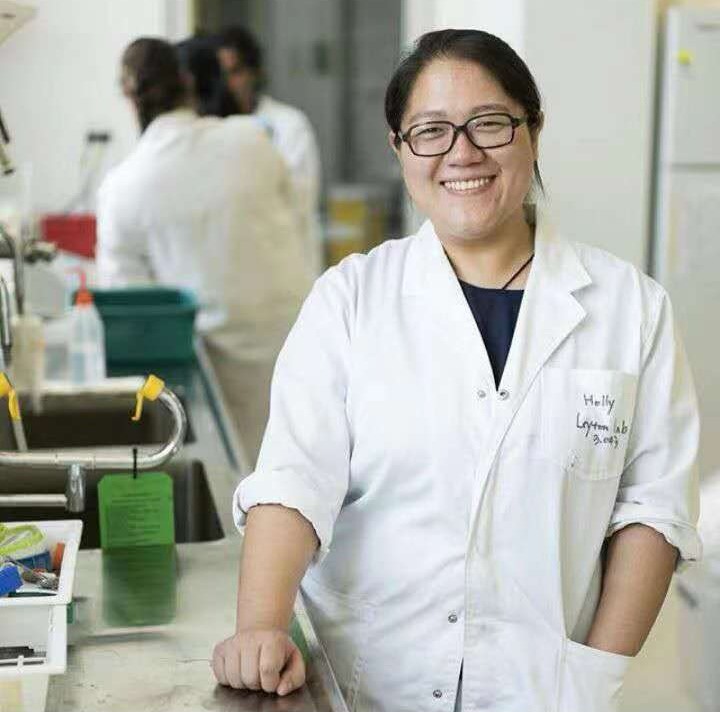BSB PhD Exit Seminar: The loopy nature of autotransporter passenger domain folding
Autotransporters are a large family of bacterial secreted and/or outer membrane proteins that play key roles in the pathogenesis of many infectious diseases.
Speakers
Event series
Content navigation
Description

Abstract
Autotransporters are a large family of bacterial secreted and/or outer membrane proteins that play key roles in the pathogenesis of many infectious diseases. The virulence functions of autotransporters depend on their correct assembly on the bacterial cell surface. Assembly of autotransporters includes the folding and insertion of the C-terminal β-barrel domain into the outer membrane to facilitate translocation of the passenger domain to the bacterial cell surface. The passenger domain then folds into its native conformation, in most cases an extended β-helix, to carry out various virulence-related functions. In a cellular context, key molecules catalyze the assembly of the autotransporter β-barrel domain. However, how the passenger domain folds into its functional form is poorly understood.
Here, we report on a previously unknown function of the autotransporter β-barrel domain: its role as a folding vector to nucleate folding of the passenger domain. We used mutational analysis on the autotransporter toxin, Pet (plasmid-encoded toxin), to show that the passenger domain uses the β-hairpin structure of the fifth extracellular loop of the β-barrel domain (L5) as a structural template to fold into a β-helix. Bioinformatics and structural analyses, and mutagenesis of a homologous autotransporter, EspP, suggest that this process is conserved among autotransporter proteins with β-helical passenger domains.
Both Pet and EspP belongs to the serine protease autotransporters of Enterobacteriaceae (SPATE) subfamily. To test if L5-assisted folding is conserved among non-SPATE autotransporters and if absence of this loop affects autotransporter biological function, we used the adhesin Antigen 43 (A43) as a model protein. Ag43, a member of the self-associating autotransporters (SAAT) subfamily, is produced in most Escherichia coli pathotypes, including uropathogenic E. coli (UPEC), where it mediates biofilm formation through self-association and cell aggregation, as well as long-term colonisation of the mouse bladder. Using biochemical and biophysical methods, we show that both the fourth and fifth extracellular loops of the Ag43 β-barrel domain are required for efficient folding of the Ag43 passenger domain and subsequent formation of bacteria aggregates.
These findings provide valuable insights into the assembly process of autotransporters. Furthermore, since autotransporters augment bacterial pathogenesis, our work has the potential to be exploited for therapeutic purposes to reduce the virulence levels of autotransporterproducing pathogenic bacteria.
Location
Please note: this seminar will be held in the Slatyer Seminar Room and via Zoom, details are included below.
Slatyer Seminar Room, Rm N2011, Level 2, North Wing, RN Robertson Building (46)
Please click the link below to join the webinar:
https://anu.zoom.us/j/89129099634?pwd=T1BGbld3MTM3UTNmUlU4dDlFYmhMZz09
Webinar ID: 891 2909 9634
Passcode: 518849
Canberra time: please check your local time & date if you are watching from elsewhere.
